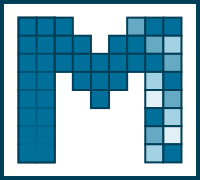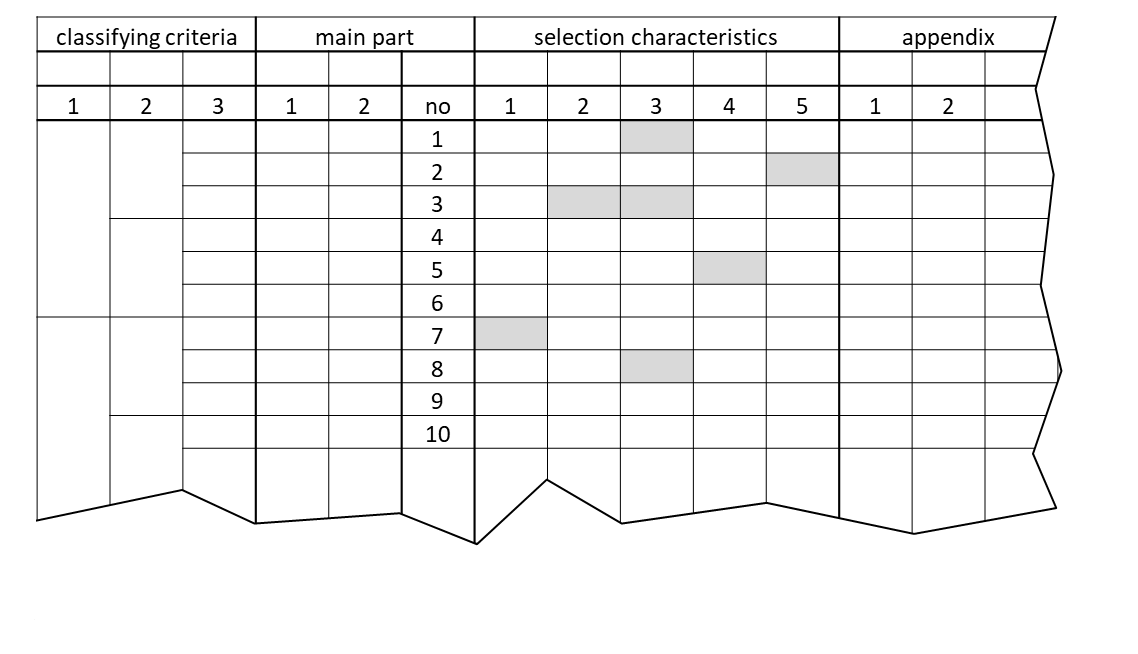

Login
Assignment
| Aim of method usage: |
|---|
|
| Method classification: |
|
| Process phase: |
|
Useful links:
| Glossary |
| Privacy Policy |
| Literature |

Design Catalogues - Creation
Design catalogs are a collection of proven solutions for various design tasks. They are meant to give impulses for solutions or be transferred by systematically matching features and task requirements.
Design catalogs allow for storage of technical standard solutions or always applicable "design knowledge" in a way that is standardized and easy to access.
One distinguishes between
- solutions catalog (eg. physical effects)
- object catalog (eg. machine parts, standard components)
- procedures catalog (eg. procedural steps, procedures)
depending on the intended use.

Procedure
- Definition of topic: the topic needs to be specified for example based on an analysis of subtasks.
- Search for implementation possibilities: find possible implementations for the task given (literature, existing catalogs, illustrations, patent documents, etc.)
- Analyze and structure: analyzing of solutions, objects and operations regarding sorting features (corresponds to classifying criteria) and searching of characteristics for the classifying criteria; for example classifying criterium: type of power transmission, characteristic: axial, radial.
- The classifying criteria need to ensure a consistent, complete and logically structured organization of the elements to be sorted.
- Reviewing the classifying criteria: the classifying criteria need to be complete and depending on the situation extended to include more features.
- Reviewing the characteristics: if all elements of the main part can not be characterized via the classifying criteria, additional characteristics need to be found.
- Characterizing the elements: characterization of elements collected in the main part by mathematical equations, illustrations, diagrams, etc.
- Finding selection characteristics: analysis and further research to find selection characteristics. They describe attributes of the elements to be sorted, for example information about the failure limit or maintenance intensity.
- Determining the outer form: determining the outer form of the catalog (data structure, input mask/ edit mask, type and format of image material, delivery channel, etc.)
- Visualization of catalog concept: final visualization of catalog concept and supply to target group in a suitable manner (cf. step 8).
| go back |
zur Startseite



